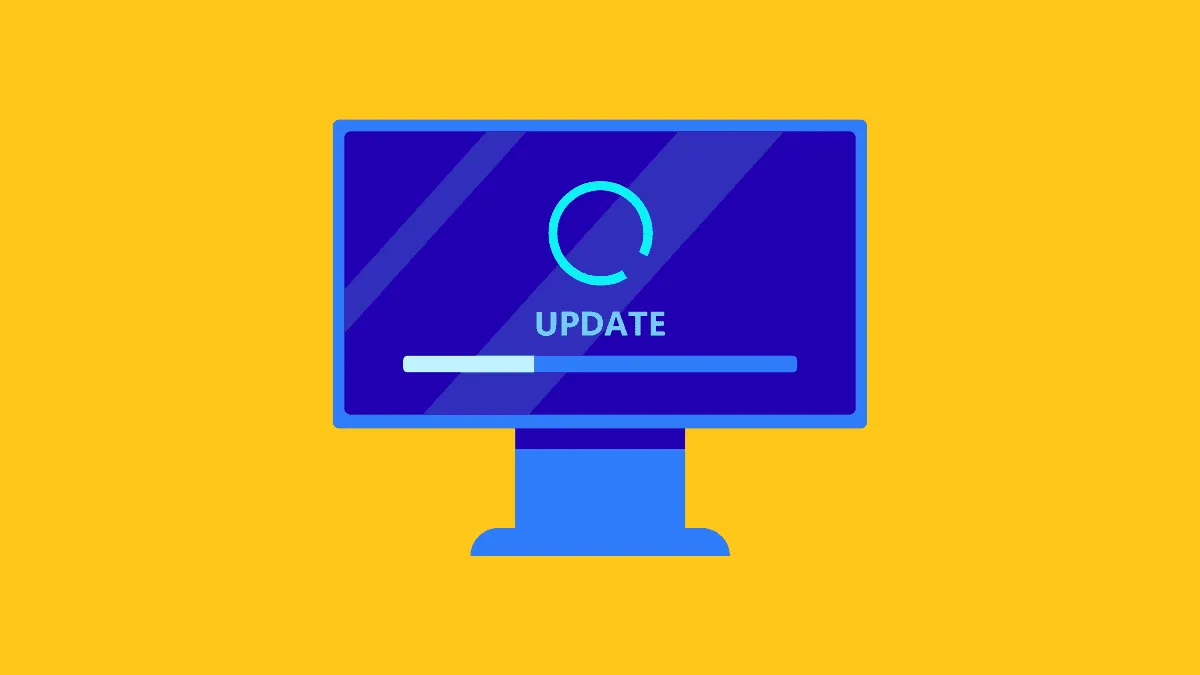Windows 10 releases updates every couple of months to eliminate bugs and update drivers and security patches. This is important as it helps a system run smoothly and up to date with the latest developments.
Many a time, updates are not automatically installed on the device. There could be a few reasons behind this and you have to fix them to complete the installation.
You cannot update the Windows if the account you use for Windows update does not have administrator access. If that’s the case, you can create an administrator account. Another common reason behind failed updates is lack of storage. You should free up some storage and then try installing the updates. External hardware or pending third party driver updates prevent Windows from updating. Disconnecting all external hardware and updating the drivers might help fix the problem.
If the above methods don’t work for you, try using the Troubleshooter tool.
Troubleshooter to Reset Windows Update
To fix the update problem, download Windows Update Troubleshooter using the link given below.
Click on the downloaded file, WindowsUpdateDiagnostic.diagcab to run the troubleshooter.
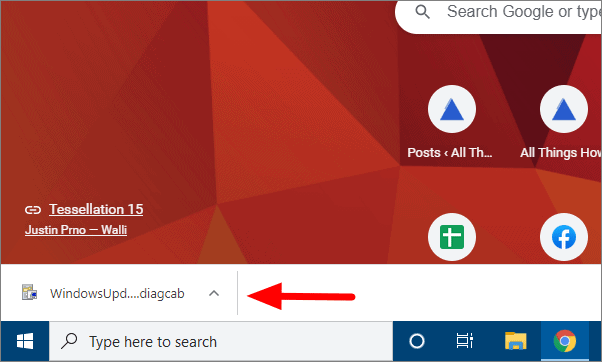
In the troubleshooter window, select ‘Windows Update’ and then click on ‘Next’ at the bottom.
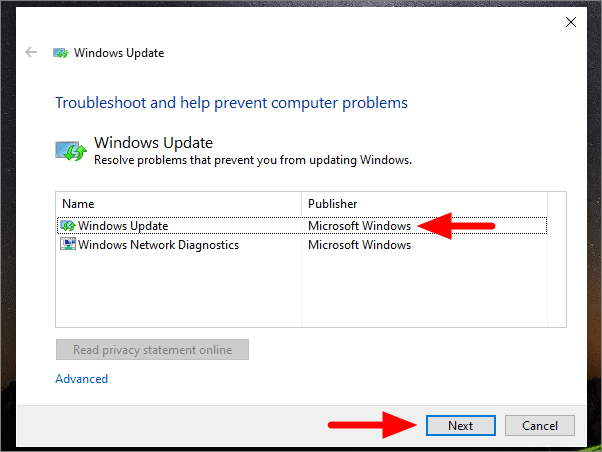
Select ‘Try troubleshooting as an administrator’ if prompted.
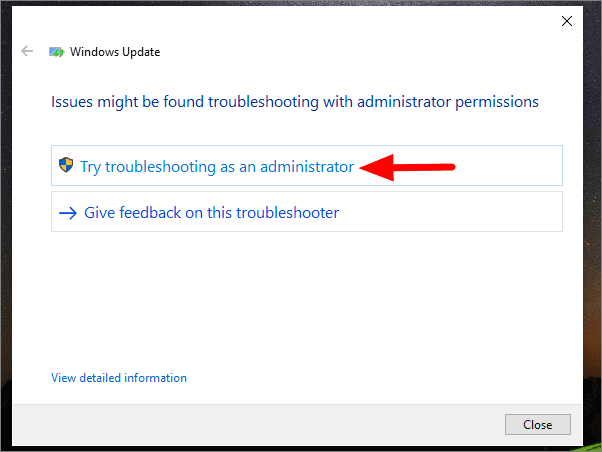
The troubleshooter will run and try to find issues with the system that is preventing the update. Click the ‘Close’ button after the troubleshooting is complete. Now reopen the ‘Windows Update Troubleshooter’, select ‘Windows Network Diagnostics’, and then click on ‘Next’.

Wait for the troubleshooting to complete. Now close the window and then restart your computer. The update issue should be resolved by now. In case, it is still not resolved, you can download and install the update manually.
Download and Update Windows Manually
Windows 10 Updates can be found online on Microsoft Update Catalog but you will require the Knowledge Base number for that. Therefore, you need to find the version and the KB number of the update before you can download it. To check this, right-click on the start menu and then select ‘Settings’.

In Settings, click on ‘System’, the first option.

In System Settings, scroll down and then select ‘About’.
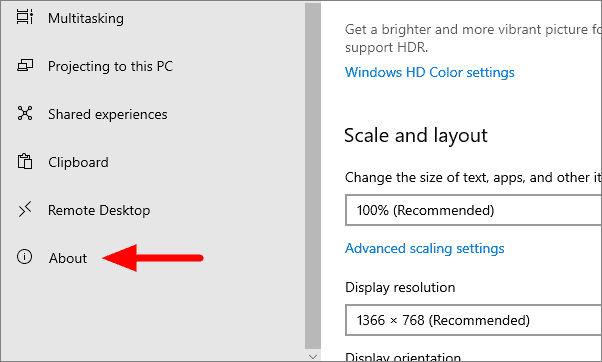
On this window, you will see the version under Windows specifications.

Now check the recent updates for this version on the Windows 10 Update History. You can view the recent updates on the left of the page. Use the KB (Knowledge Base) number from here to search for updates on the Microsoft Update Catalog.
Since we know the KB number in this case already (KB4598242), you can simply click on the download button below to open the related Microsoft Update Catalog page.
Click on the ‘Download’ button next to the version supported for your platform and it’ll initiate the download.
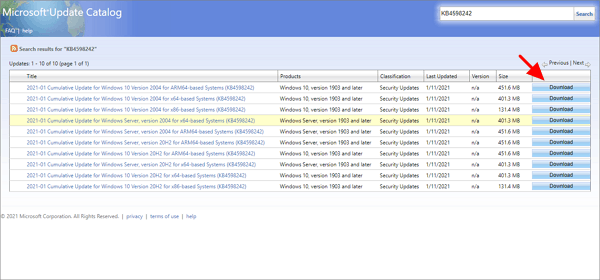
Once downloaded, open the downloaded file and install the update like you install any other program on your PC.
Many users favor manually downloading updates instead of letting the Windows update automatically. This is because many users prefer to read the pros and cons of an update before installing.
Now, that you understood what is preventing the update and how it can be fixed, you can easily update to Windows 10 KB4598242.

